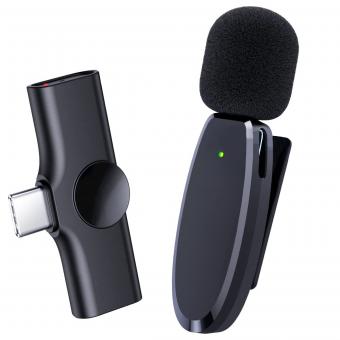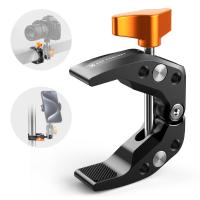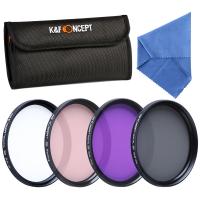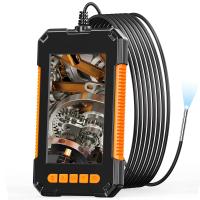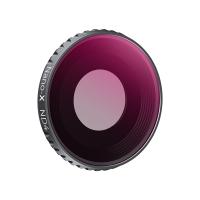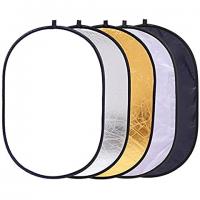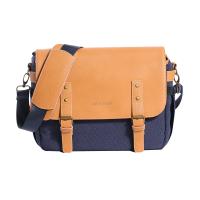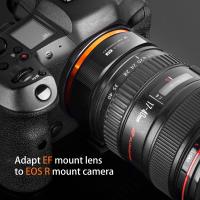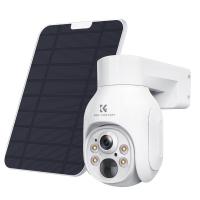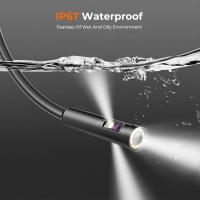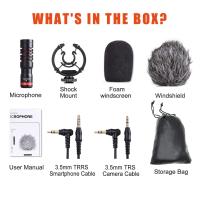How To Adjust Binoculars?
Adjusting binoculars is a crucial skill for anyone who wants to enjoy clear and sharp views, whether for bird watching, stargazing, or any other activity that requires magnification. Properly adjusted binoculars can make a significant difference in the quality of your viewing experience. In this article, we will delve into the step-by-step process of adjusting binoculars, addressing common issues, and providing practical tips to ensure you get the best possible performance from your optical device.
Understanding the Basics

Before diving into the adjustment process, it’s essential to understand the basic components of binoculars. Most binoculars consist of two parallel telescopes mounted side-by-side, each with an objective lens (the larger lens at the front) and an eyepiece (the smaller lens you look through). The central hinge allows the two telescopes to pivot, adjusting the distance between the eyepieces to match the distance between your eyes, known as the interpupillary distance (IPD).
Step-by-Step Guide to Adjusting Binoculars
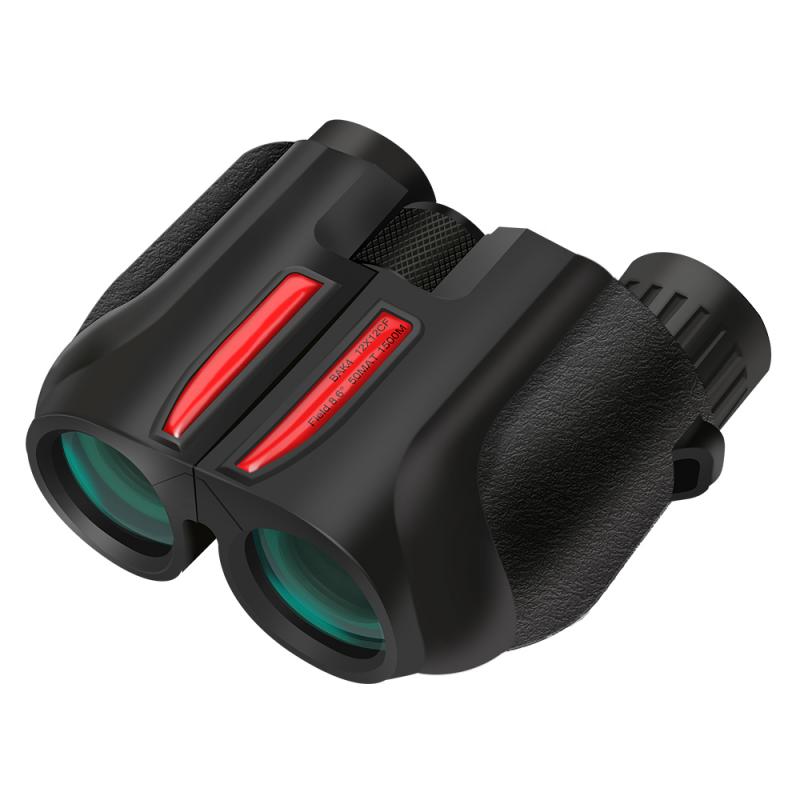
1. Adjust the Interpupillary Distance (IPD)
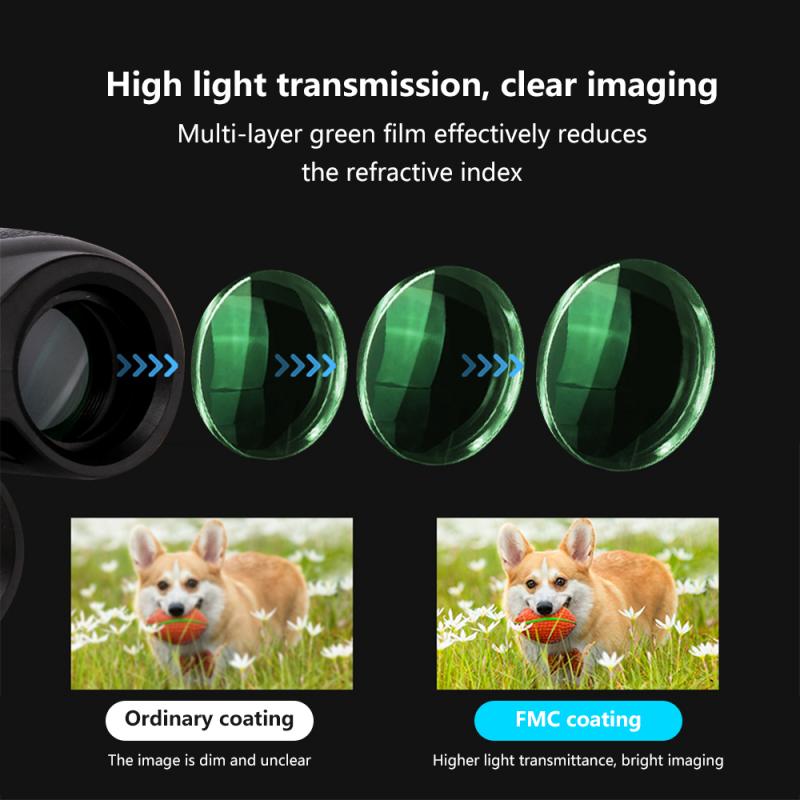
The first step in adjusting binoculars is to set the interpupillary distance. This ensures that both eyes are aligned with the eyepieces, providing a single, clear image.
- How to Adjust: Hold the binoculars up to your eyes and look at a distant object. Slowly move the two barrels of the binoculars closer together or further apart until you see a single, circular field of view. If you see two overlapping circles, continue adjusting until they merge into one.
2. Set the Diopter Adjustment
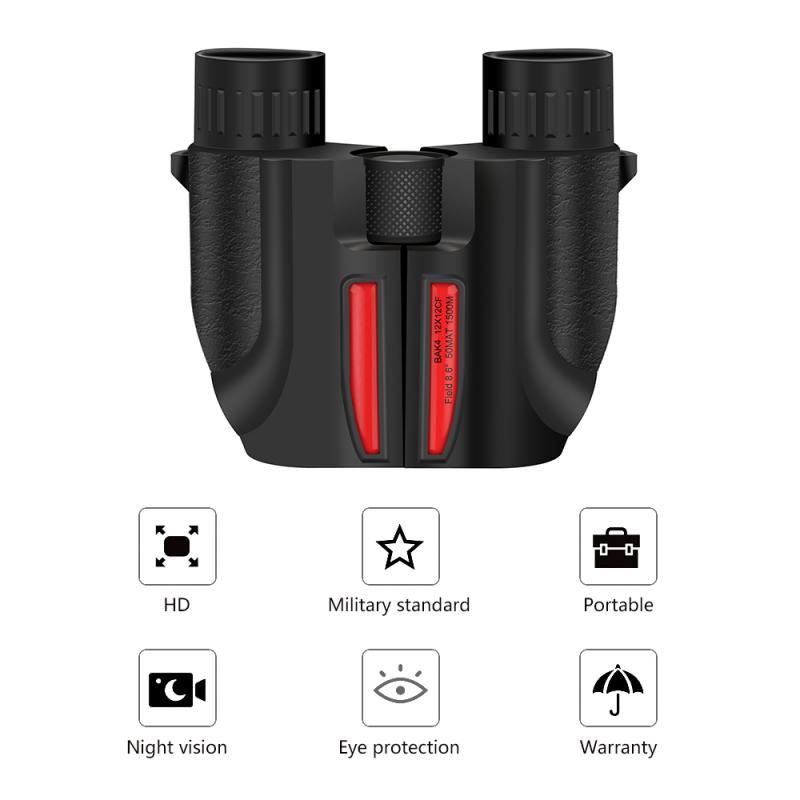
Most binoculars have a diopter adjustment ring, usually located on the right eyepiece. This feature compensates for differences in vision between your two eyes.
- How to Adjust: Close your right eye and look through the left eyepiece with your left eye. Focus on a distant object using the central focus wheel until the image is sharp. Next, close your left eye and open your right eye. Without touching the central focus wheel, adjust the diopter ring on the right eyepiece until the image is sharp. Once set, you should not need to adjust the diopter again unless someone else uses the binoculars or your vision changes.
3. Focus the Binoculars
After setting the IPD and diopter, you can now use the central focus wheel to focus both eyepieces simultaneously.
- How to Adjust: Look at a distant object and turn the central focus wheel until the image is clear and sharp. This adjustment will be necessary each time you look at objects at different distances.
Common Issues and Solutions
Even with proper adjustments, you may encounter some common issues while using binoculars. Here are a few problems and their solutions:
Double Vision
- Cause: Misalignment of the binoculars or incorrect IPD setting.
- Solution: Recheck the IPD setting and ensure the barrels are correctly aligned. If the problem persists, the binoculars may need professional realignment.
Blurry Image
- Cause: Incorrect focus or diopter setting.
- Solution: Refocus using the central focus wheel and recheck the diopter adjustment. Ensure the lenses are clean and free of smudges or debris.
Eye Strain
- Cause: Incorrect IPD or prolonged use without breaks.
- Solution: Recheck the IPD setting and take regular breaks to rest your eyes. Ensure you are using the binoculars in a comfortable position.
Practical Tips for Optimal Use
To get the most out of your binoculars, consider the following practical tips:
Use a Tripod
For extended viewing sessions or when using high-magnification binoculars, a tripod can provide stability and reduce hand fatigue. Many binoculars come with a tripod adapter or can be mounted on a tripod using an optional accessory.
Clean the Lenses Regularly
Dust, fingerprints, and smudges can significantly affect image quality. Use a soft, lint-free cloth and a lens cleaning solution to keep the lenses clean. Avoid using rough materials or excessive pressure, as this can scratch the lenses.
Store Properly
When not in use, store your binoculars in a protective case to prevent damage. Keep them in a cool, dry place to avoid moisture buildup, which can lead to mold or fungus on the lenses.
Practice Makes Perfect
Like any skill, using binoculars effectively takes practice. Spend time familiarizing yourself with the adjustments and features of your binoculars. The more you use them, the more intuitive the process will become.
Adjusting binoculars may seem daunting at first, but with a little practice, it becomes a straightforward process. By setting the interpupillary distance, adjusting the diopter, and focusing correctly, you can ensure a clear and comfortable viewing experience. Addressing common issues and following practical tips will further enhance your enjoyment and the performance of your binoculars. Whether you are a seasoned bird watcher or a casual stargazer, properly adjusted binoculars will open up a world of detail and clarity, making your observations more rewarding and enjoyable.




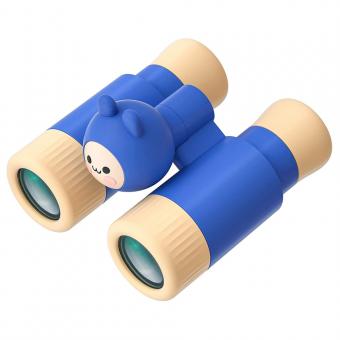
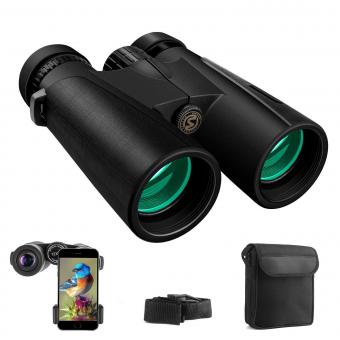

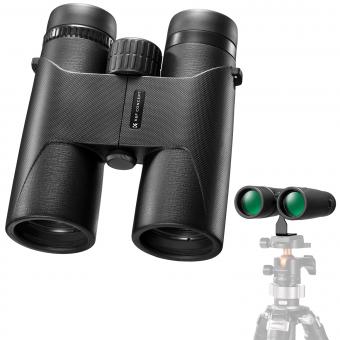
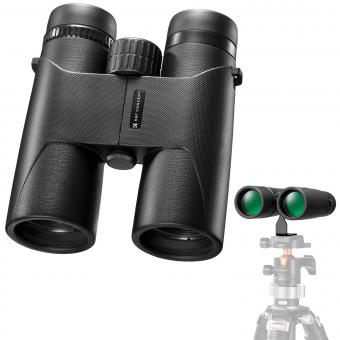




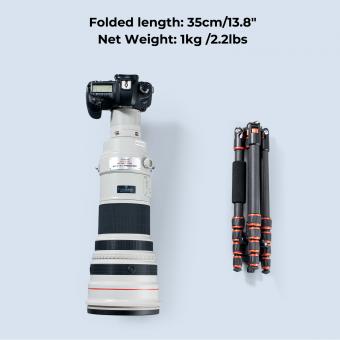
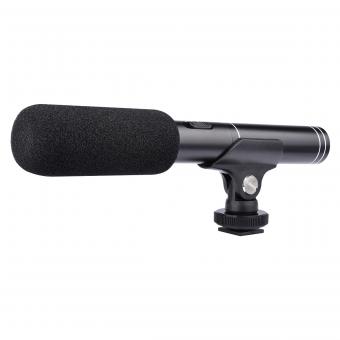



-340x340.jpg)

